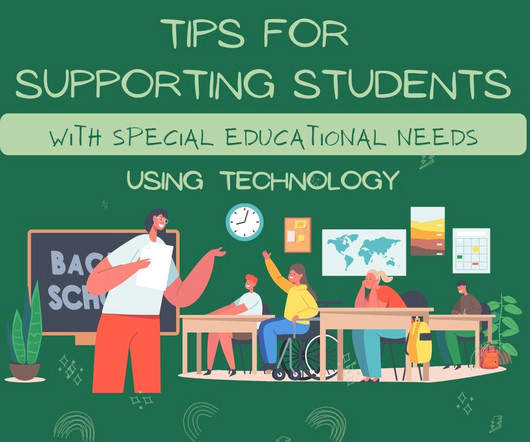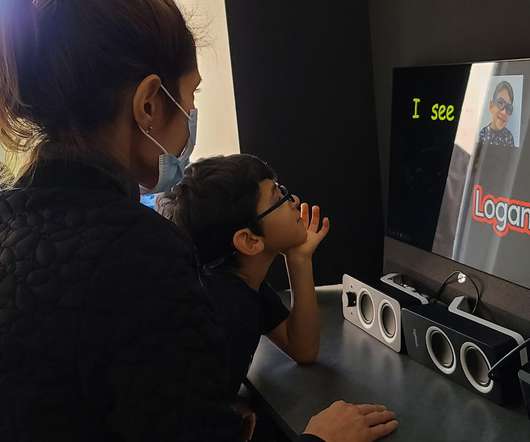3 strategies to improve attendance for students with disabilities
eSchool News
JULY 29, 2024
Recent data shows students with disabilities miss substantially more school compared to their peers. In Minneapolis Public Schools, for example, rates of chronic absenteeism among students with disabilities rose from 29 percent in 2019 to 53 percent in 2022. This blueprint has three integral sections: 1.




















Let's personalize your content